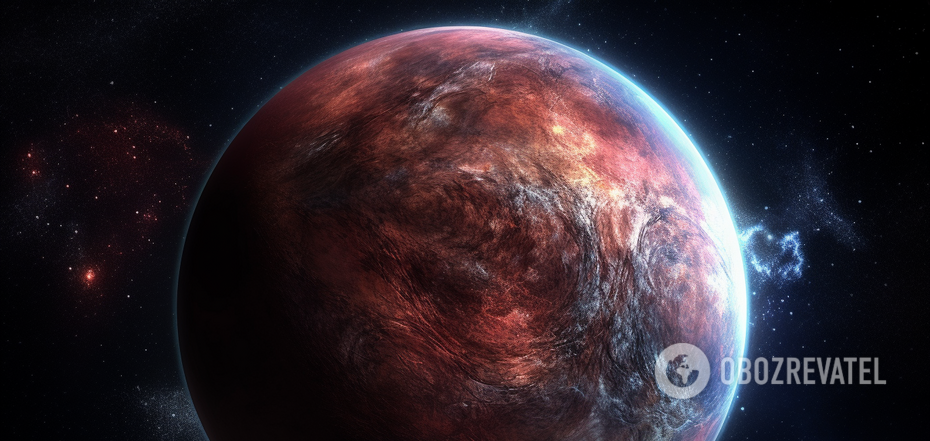Life
Astronomers capture an exoplanet in a hierarchical quadruple system for the first time
A massive planet 15 times larger than the giant of our solar system, Jupiter, has been discovered surrounded by three other bodies. The exoplanet was found in a star system called HIP 81208, which is located about 480 light-years from Earth.
The discovery is described in an article published in Astronomy & Astrophysics. The distant exoplanet was discovered through observations made with the Very Large Telescope (VLT) of the European Southern Observatory, located in Chile.
HIP 81208 has long been known to astronomers. A blue-white star HIP 81208 is at the center of the system. Its size is almost three times larger than our Sun. Red and brown dwarfs are also found nearby, which are 8 and 15 times smaller than our sun, respectively.
While other objects in the system had been discovered earlier, the exoplanet was only seen with the VLT. The telescope took a sufficiently detailed image of the system for astronomers to spot the fourth object in the system, a planetary mass body orbiting the red dwarf.
As it was found, the gas giant has a radius that is only slightly larger than the largest planet in the Solar System, Jupiter, but its mass is 14.8 times larger.
The blog of the European Southern Observatory explains that HIP 81208 is somewhat unique and calls it a "hierarchical quadruple system", with two stars and two smaller bodies orbiting each of them.
The scientists said that the mass of the newly discovered exoplanet indicates that it is located on the border between a planet and a brown dwarf, which are often called "failed stars". Such dwarfs are too small to support nuclear fusion in their cores, as typical stars do, but still too large to be called planets.
The discovery of the exoplanet was made thanks to the VLT instrument for exoplanet research called SPHERE. This technology allows scientists to search for exoplanets not through indirect methods, such as measuring the "wobbles" of host stars, but by capturing the systems directly.
HIP 81208 is the first hierarchical quadruple system to be photographed directly.
The study of this celestial quartet will help astronomers understand how such complex systems form and evolve, as well as will provide physicists with data on the theoretically complex dynamics of many-body combinations.
Earlier, OBOZREVATEL reported that astronomers saw the hellish future of the Earth live for the first time.
Subscribe to OBOZREVATEL on Telegram and Viber to keep up with the latest news




























